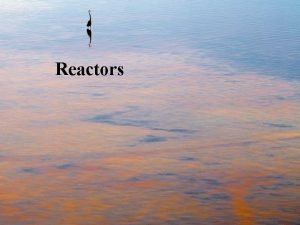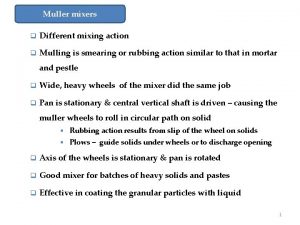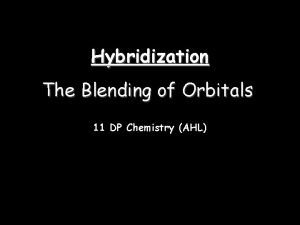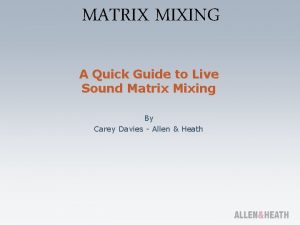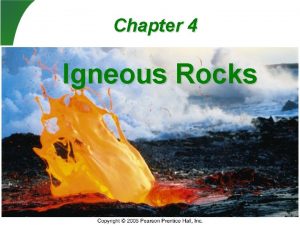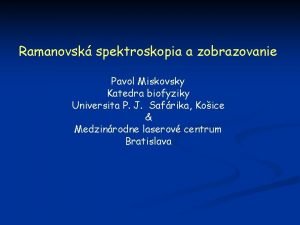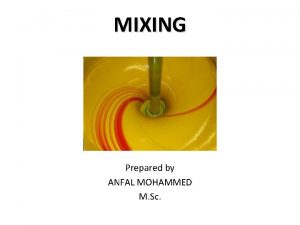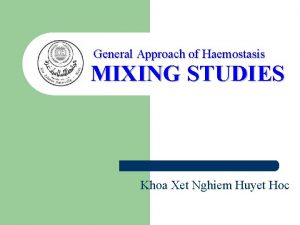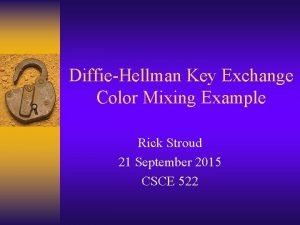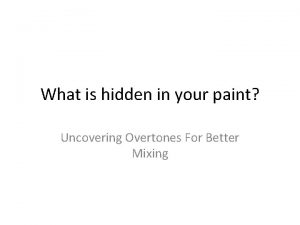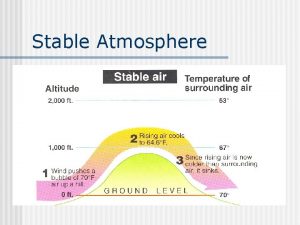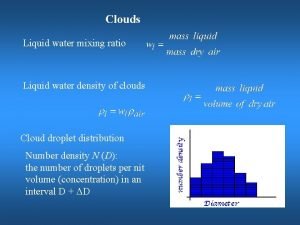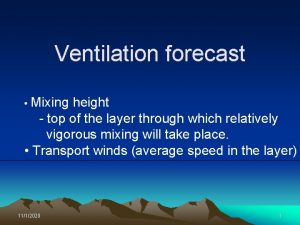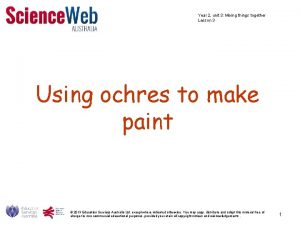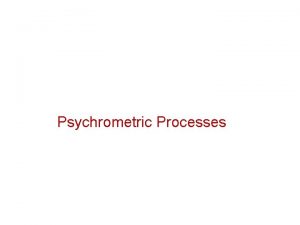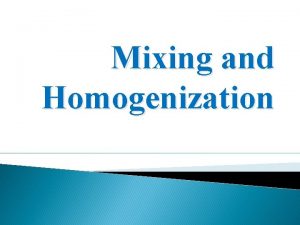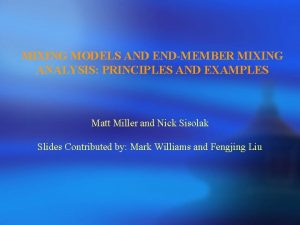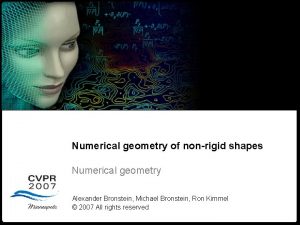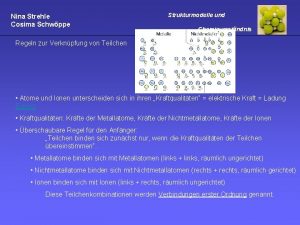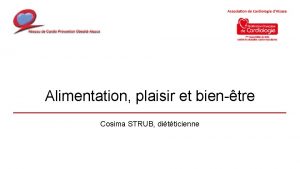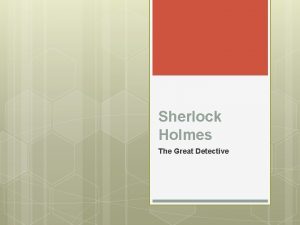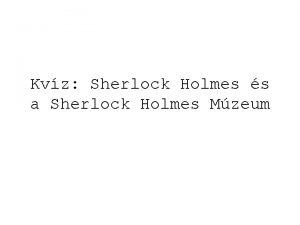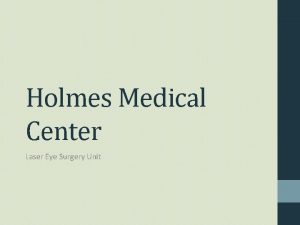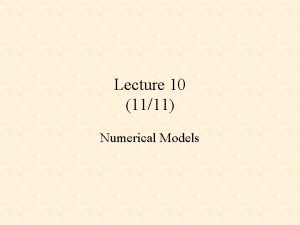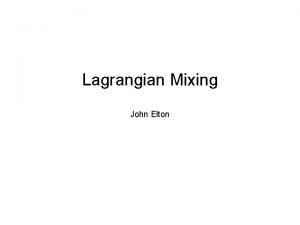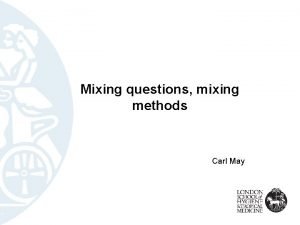Numerical Mixing in the COSIMA Models Ryan Holmes




















- Slides: 20

Numerical Mixing in the COSIMA Models Ryan Holmes Jan Zika, Matthew England, Steve Griffies, Kial Stewart, Andy Hogg and others

Diathermal Heat Transport in MOM 5 Eulerian heat budget diagnostics (each x, y, z, t): Wm-2 Integrate the heat budget over temperature layers Walin 1982 Watts

Example: MOM 025 -SIS 1. 6 PW Surface forcing Increases temperature contrasts Downgradient heat transfer from Mixing

Example: MOM 025 -SIS Seasonality: • • Numerical mixing is quantified by the heat flux that it drives between different temperature classes Provides an estimate resolved in temperature and time Does not require targeted simulations, or sorting Can be extended to a horizontallyresolved (x, y, T, t) estimate of numerical mixing using lateral volume transports What follows: Comparisons across COSIMA model suite - 1º, ¼º and 1/10º, - GFDL 50/KDS 50/75/135 - GM/Redi on/off - background vertical diffusivity

Horizontal Resolution Surface Forcing Note not clean comparison: • MOM 025/MOM 01 – CORE-NYF • ACCESS-OM 2 – JRA 55 RYF 8585 • MOM 01 = KDS 75. Others = GFDL 50 Tendency Redi Mixing • 1/4º models have largest numerical mixing • Numerical mixing reduced in MOM 01 • Significantly reduced in 1 degree model Vertical Mixing Numerical Mixing

Vertical Resolution Surface Forcing ACCESS-OM 2 1 -degree RYF 9091 Tendency • Both vertical and numerical reduce with vertical resolution. • Changes focused at warmer temperatures • Redi Mixing Vertical Mixing Changes reflected in reduced total transport Numerical Mixing

Neutral Physics Surface Forcing ACCESS-OM 2 1/4 -degree RYF 8485 Tendency • Numerical Mixing reduces at cooler temperatures when Redi turned on • However, it is not reduced to zero • Turning GM on further reduces the explicit Redi mixing and numerical mixing • Redi mixing not insignificant at high temperatures, however GM effect is. Redi Mixing Vertical Mixing Numerical Mixing

Background Diffusion Surface Forcing MOM 025 -SIS Tendency Vertical Mixing • Numerical mixing reduces with increased background diffusion • Changes focused at warm temperatures • Compensation is not complete -> Surface ocean structure impacted • In particular, tropical SSTs cool with more background mixing, driving a stronger air-sea heat flux Numerical Mixing

Spatial Structure Increasing Background Diffusion No Background Diffusivity • Reduced numerical mixing traced to tropics, in particular the Eastern Pacific • Large numerical heat fluxes in eddying WBC regions Background Diffusivity 10 -5 / 10 -6 Equator Background Diffusivity 10 -5 (1 year only)

Background Diffusion – Equatorial Temperature Biases 10 -5 / 10 -6 Equator 10 -5 everywhere MOM 01 No Backgrounnd No Background Diffusivity • In MOM 025, 10 -6 m 2 s-1 equatorial background diffusivity works best • In MOM 01, reduced numerical mixing without added diffusion results in large biases

Summary • • • Diathermal framework -> nice way to quantify numerical mixing in realistic runs MOM 5 is numerically diffusive (can exceed explicit mixing) Numerical mixing sensitive to: • Horizontal resolution • Vertical resolution (warm temperatures, tropics) • Neutral physics (cold temperatures) • Background diffusion (warm temperatures, tropics, links to TC biases) Some questions to consider: • What are the implications of mixing numerically vs. physically? • As resolution increases, numerical mixing decreases. When do we turn on explicit mixing? • How do we balance these choices across latitude?

Summary

Spatial Structure Method Construct budget for volume of fluid warmer than a given T within each fluid column. 1) Lateral volume fluxes, 2) diathermal water-mass transformations (diagnosed online), and 3) tendency (diagnosed from Tsnapshots). Issues: • WMTs at T-centres while lateral fluxes at T-edges. • Tendency and lateral fluxes are noisy (requires multiple years).

Spatial Structure at 10 C

Spatial Structure at 10 C

Spatial Structure at 10 C

Suite Vertical Mixing Seasonality

Suite Numerical Mixing Seasonality

Extras: Observational Diathermal Surface Forcing Calculation performed by Sjoerd Groeskamp using WOA 13 climatological SSTs, CORE surface heat fluxes (which have a global ~4 Wm-2 imbalance) and a solar penetration scheme due to Marel and Antoine (1994)

Extras
 Clara a. lovering
Clara a. lovering Shall will difference
Shall will difference In a radio receiver with simple agc
In a radio receiver with simple agc Tools for mixing blending straining and rolling
Tools for mixing blending straining and rolling Conservative mixing
Conservative mixing Muller mixer diagram
Muller mixer diagram Quattro mix
Quattro mix D-p orbital mixing
D-p orbital mixing Mixing matrix
Mixing matrix Characteristics of magma
Characteristics of magma Makromolekula
Makromolekula Mixing tertiary colors
Mixing tertiary colors Mechanism of mixing
Mechanism of mixing Mixing studies
Mixing studies Diffie hellman color mixing
Diffie hellman color mixing Bezold effect
Bezold effect Stable atmosphere definition
Stable atmosphere definition Cloud water mixing ratio
Cloud water mixing ratio Mixing height calculation
Mixing height calculation Mixing things together
Mixing things together Sensible cooling on psychrometric chart
Sensible cooling on psychrometric chart




